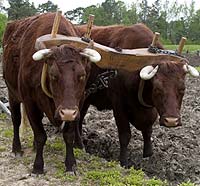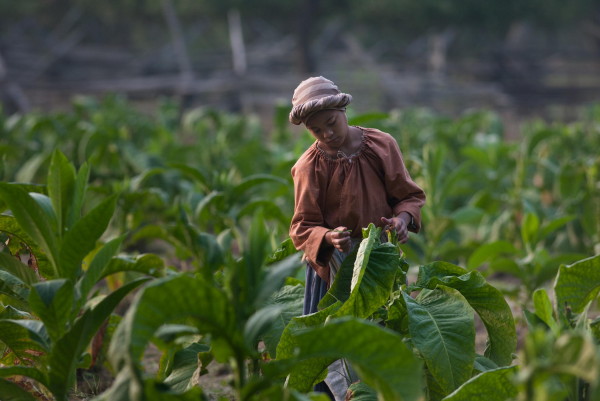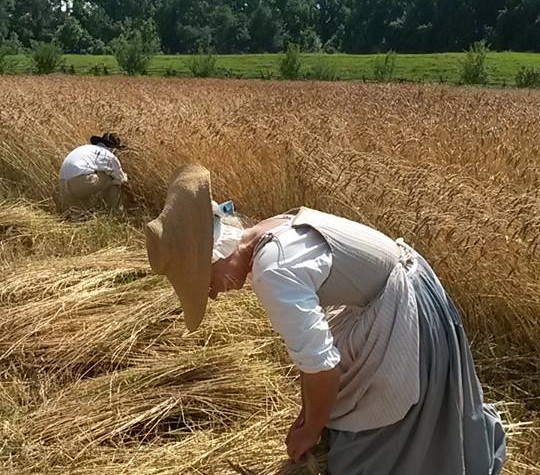 In the early years of colonization, Virginia planters practiced a slash and burn type of agriculture. With a seemingly endless supply of land, they simply exhausted the fields and moved on.
In the early years of colonization, Virginia planters practiced a slash and burn type of agriculture. With a seemingly endless supply of land, they simply exhausted the fields and moved on.
By the end of the 18th century, however, some crop rotation practices began to appear, although they were generally marginal by today’s standards.
Duke de la Rochefoucauld-Liancourt of France visited Virginia in 1796 and recorded in his “Travels through the United States” the general crop practices in Virginia:
 “Pursuant to the ancient rotation, tobacco was cultivated four or five successive years; the land was then suffered to lie fallow, and then again succeeded crops of tobacco.”
“Pursuant to the ancient rotation, tobacco was cultivated four or five successive years; the land was then suffered to lie fallow, and then again succeeded crops of tobacco.”
He also said that once the land no longer produced tobacco, the plantation owner switched to grain crops:
“. . . the common rotation begins with wheat, followed by Indian corn, and then again wheat, until the exhausted soil loses every productive power, the land is then abandoned, and the cultivator proceeds to another, which he treats and abandons in the same manner, until he returns to the first, which has in the meantime recovered some of its productive faculties.”

Thomas Mann Randolph, Thomas Jefferson’s son-in-law, developed elaborate rotation plans that alternated crops on 10-acre parcels. In 1793, he recorded in that in the previous six years he planted “Clover, Turnips, Oats, Pumpkin, Barley and finally Clover again.”
These more sophisticated crop rotation schemes, aided by the pasturing of animals on cropland to manure the soil, made it possible to productively farm the same land for generations.
Video Extra
Watch farmer Wayne Randolph in Tobacco in the Colonies.
Leave a Reply